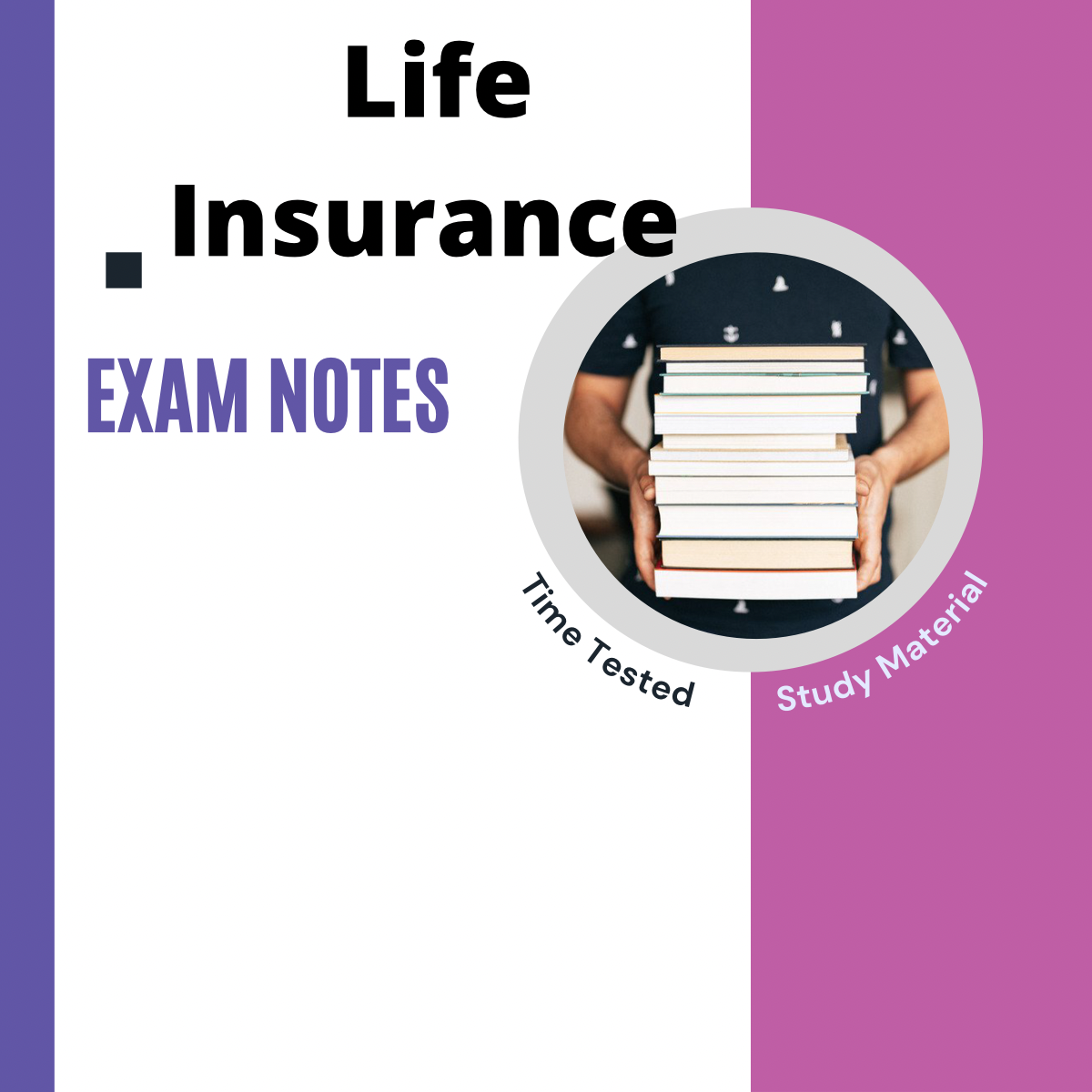What Does Pacific Prime Do?
What Does Pacific Prime Do?
Blog Article
The Ultimate Guide To Pacific Prime
Table of ContentsPacific Prime for DummiesSome Of Pacific PrimeThe 7-Minute Rule for Pacific PrimeHow Pacific Prime can Save You Time, Stress, and Money.Getting The Pacific Prime To Work

This is since the data were gathered for a period of solid economic performance. Of the approximated 42 million people who were without insurance, almost about 420,000 (concerning 1 percent) were under 65 years of age, the age at which most Americans come to be qualified for Medicare; 32 million were adults between ages 18 and 65, around 19 percent of all grownups in this age; and 10 million were youngsters under 18 years of age, regarding 13.9 percent of all youngsters (Mills, 2000).
These price quotes of the number of individuals without insurance are produced from the yearly March Supplement to the Current Population Study (CPS), carried out by the Demographics Bureau. Unless or else kept in mind, national price quotes of individuals without health and wellness insurance policy and proportions of the population with various sort of insurance coverage are based on the CPS, the most commonly made use of resource of estimates of insurance protection and uninsurance prices.
The 10-Minute Rule for Pacific Prime

Still, the CPS is particularly helpful because it produces yearly price quotes fairly swiftly, reporting the previous year's insurance policy coverage estimates each September, and since it is the basis for a constant set of price quotes for even more than twenty years, enabling for analysis of patterns in coverage in time. For these reasons, as well as the comprehensive use the CPS in other research studies of insurance coverage that exist in this report, we count on CPS quotes, with constraints kept in mind.

The estimate of the number of uninsured individuals expands when a populace's insurance standing is tracked for a number of years. Over a three-year period starting early in 1993, 72 million people, 29 percent of the U.S. https://www.metal-archives.com/users/pacificpr1me. population, lacked insurance coverage for at the very least one month. Within a single year (1994 ), 53 million individuals experienced a minimum of a month without protection (Bennefield, 1998a)
Six out of every 10 uninsured adults are themselves used. Although functioning does improve the possibility that and one's relative will have insurance policy, it is not a warranty. Even members of families with 2 full-time breadwinner have practically a one-in-ten chance of being without insurance (9.1 percent uninsured price) (Hoffman and Pohl, 2000).
Fascination About Pacific Prime
New immigrants represent a substantial percentage of people without medical insurance. One evaluation has connected a considerable section of the recent growth in the dimension of the united state uninsured population to immigrants that got here in the nation between 1994 and 1998 (Camarota and Edwards, 2000). Recent immigrants (those that concerned the USA within the past 4 years) do have a high price of being without insurance (46 percent), but they and their youngsters account for just 6 percent of those without insurance coverage across the country (Holahan et al., 2001).
The partnership between medical insurance and access to care is well established, as documented later in this chapter. Although the connection between medical insurance and wellness end results is neither straight neither straightforward, a comprehensive medical and health and wellness services research study literature links health insurance protection to better accessibility to care, far better high quality, and enhanced personal and population health status.
Degrees of analysis for checking out the impacts of uninsurance. It focuses especially on those without any kind of wellness insurance for any kind of size of see this website time.
Rumored Buzz on Pacific Prime
The issues encountered by the underinsured are in some areas comparable to those faced by the without insurance, although they are generally less severe. global health insurance. Uninsurance and underinsurance, nonetheless, entail definitely different policy issues, and the strategies for resolving them might vary. Throughout this research study and the five reports to follow, the main focus gets on individuals with no wellness insurance and thus no help in spending for health and wellness care past what is readily available with charity and safeguard institutions
Wellness insurance is a powerful factor influencing receipt of treatment since both individuals and physicians reply to the out-of-pocket cost of services - https://www.domestika.org/en/pacificpr1me. Health insurance policy, nevertheless, is neither required nor enough to access to clinical services. The independent and direct effect of health insurance protection on accessibility to health and wellness services is well established.
Others will certainly get the healthcare they need also without medical insurance, by paying for it out of pocket or seeking it from companies that provide treatment complimentary or at highly subsidized prices. For still others, health insurance coverage alone does not ensure invoice of treatment since of various other nonfinancial obstacles, such as a lack of healthcare carriers in their neighborhood, minimal accessibility to transportation, illiteracy, or linguistic and social differences.
The 4-Minute Rule for Pacific Prime
Formal research study about uninsured populations in the United States dates to the late 1920s and very early 1930s when the Committee on the Cost of Treatment created a collection of records about financing physician office brows through and hospitalizations. This issue ended up being prominent as the numbers of medically indigent climbed during the Great Anxiety.
Report this page